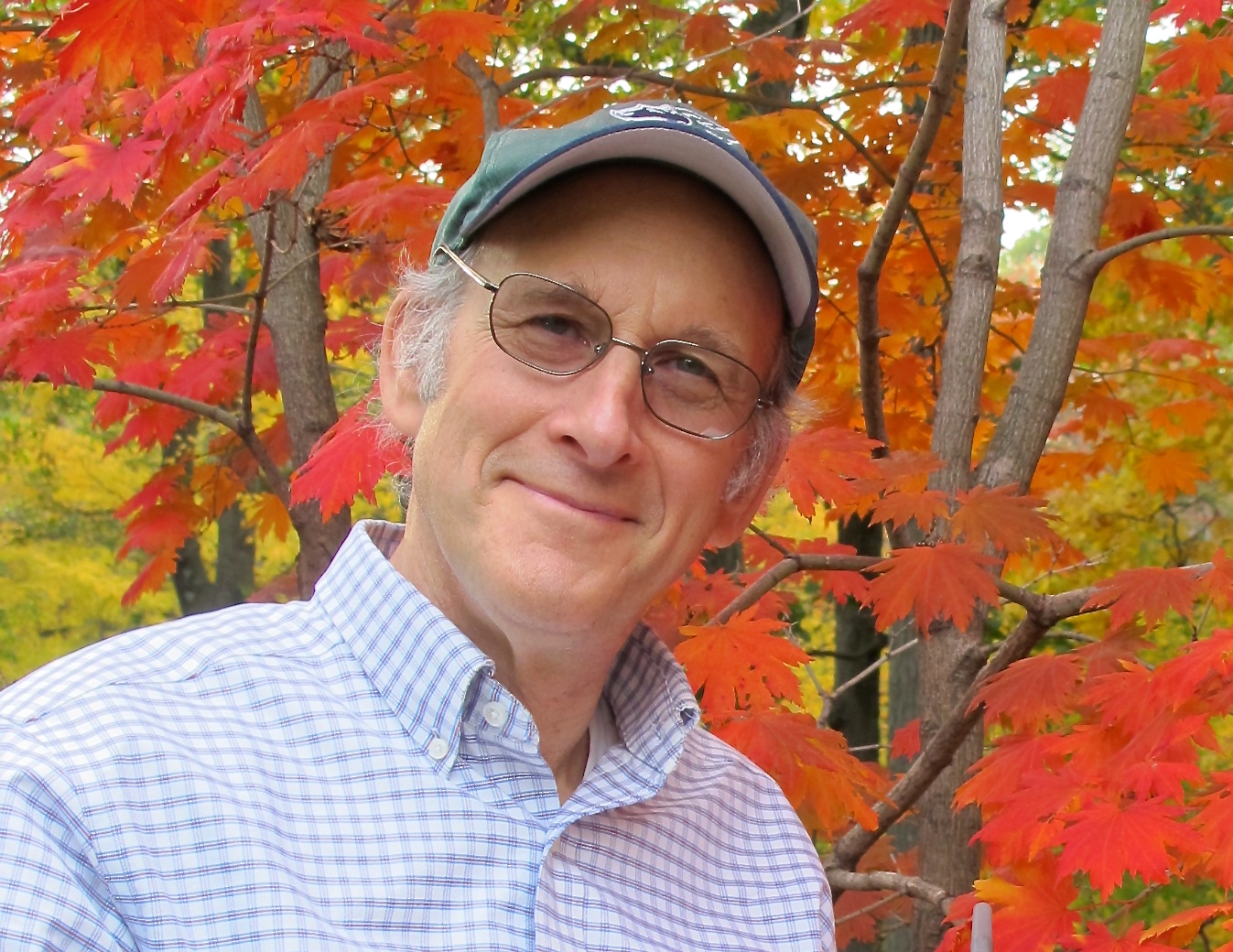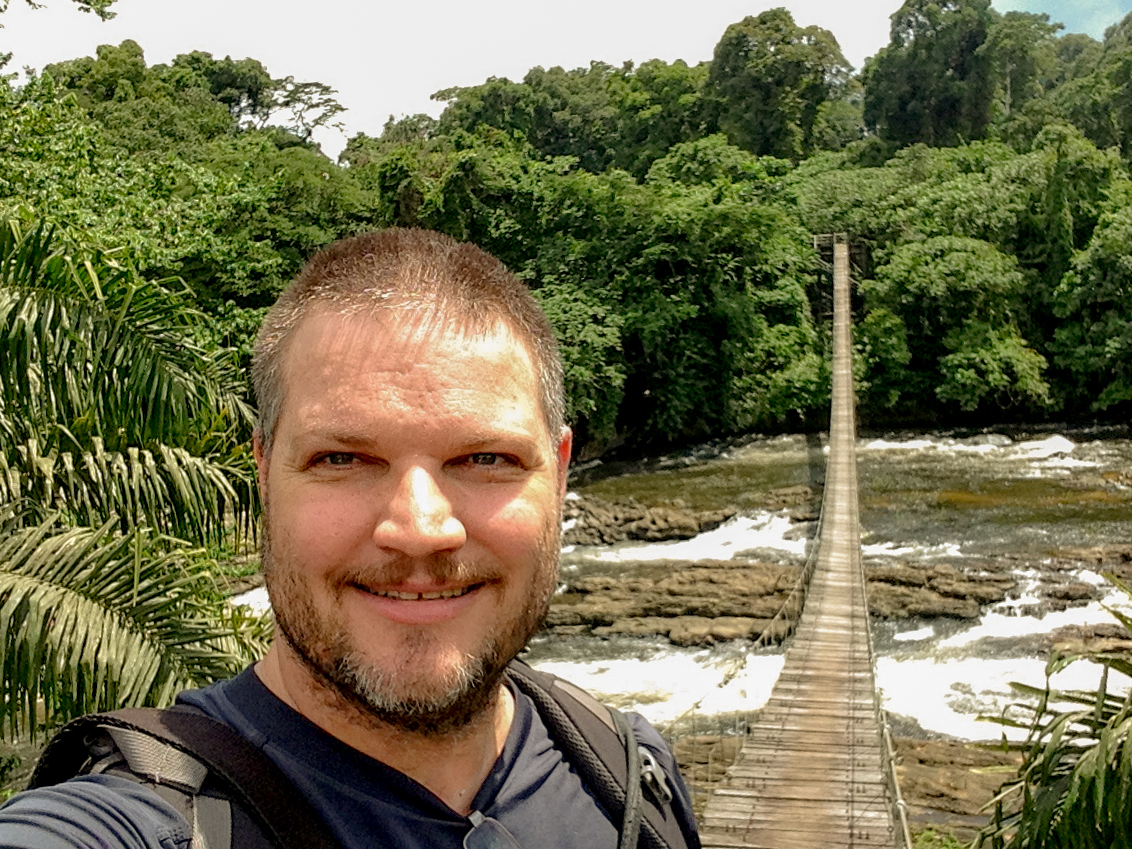Author success story
Context about the authors:
- Richard Primack is a Professor of Plant Ecology at Boston University. His current research focuses on how climate change impacts wildflowers, trees, and migratory birds, building on the observations from the 1850s of the famous environmental philosopher Henry David Thoreau. In the past, Richard investigated patterns of tree diversity of tropical rain forests in Malaysian Borneo.
- John Wilson is a conservation biologist interested in solving the dynamic challenges of a changing world. He received his BSc and MSc from Pretoria University, and his PhD from North Carolina State University. As a NASA Earth and Space Science Fellow, he studied interactions between habitat loss and climate change in West Africa. Beyond that, he has studied individual organisms, populations, and natural communities across Southern, East, Central, and West Africa. His work has covered topics such as conservation planning, population monitoring, protected areas management, translocations, ecological restoration, and movement ecology in savannahs, grasslands, forests, and wetlands.
Please provide some background information on the research project, book origin, adjacent research, and/or network enabling the book
Richard had published previous textbooks in conservation biology. There was an urgent need to publish a conservation biology textbook focusing on the special problems and issues of Sub-Saharan Africa. Richard and Johnny agreed to work together to produce such a book, but after several years of searching, they were unable to find a publisher willing to publish the book due to the problems of distribution and sales of books in Africa. Then we heard about Open Access publishing and Open Book Publishers (OBP) from a colleague. Right from the start it was apparent that OBP was the perfect fit.
What was/were your motivation(s) for wanting to publish this book?
Across Africa, universities, wildlife programs, and training courses teach conservation biology, but did not have access to modern conservation biology textbooks. There was an urgent need for this book to train the next generation of conservation biologists, wildlife biologists, and park managers in Africa. Publishing the book open access with OBP means that we don’t have to be concerned with printing, shipping and selling books across national borders.
Please give some information on the funding behind the research / book / network
We were prepared to fund the project using our own resources. This seemed feasible given the reasonable production costs quoted by OBP. However, we applied to the Lounsbery Foundation for the production costs, and they funded us fully for the project. This was a foundation that specializing in high-risk/high pay-off projects, and our project fits that description very well.
Was the book made available on your own website, or the website of any other editors or contributors, or your institution? If so, please state which.
We sent descriptions of the book along with the URL to thousands of colleagues, and at this point, information about the book is clearly spreading on its own. Most people probably access the book from the OBP website. It is also available on Primack’s website.
Open access success story:
What makes this book successful?
The book has been downloaded over 38,000 times in 2 ½ years, with large numbers of downloads across Africa. The book is very successful as it is a well-written book specifically adapted for African students; the book has an inviting format, produced by OBP; the book has hundreds of beautiful photographs; and the book has over 100 boxes written mostly by African scientists, giving the book immediate buy-in. An added feature is that the book is set up to be readily downloaded onto a wide variety of devices and in a variety of formats.
Why did you choose to publish this book open access?
Open access was the best and only option. It was truly not possible to produce, distribute and sell this type of book across Africa. There were just too many logistical and financial hurdles. Open access publishing was the ideal solution.
Do you think that open access publication helped the book and if so, why?
Open access absolutely helped the book gain readership as many of the students, professors and libraries in the region don’t have the funds to buy expensive print textbooks. Open access allowed us to reach our readership, as students and others did not have to pay for books. That said, we were able to give free access to the book because we did not need to make any money from book sales. Not all authors would have this option.
Did your OA book show immediate success upon publication, or did the success unfold more slowly over time?
Our book had immediate success upon publication as we sent out hundreds of emails and posted news items on email distribution lists. It was crystal-clear that there was a huge need for this book. And the book continues to be downloaded over 1000 times each month.
If early signs of success started to show, did you try to reinforce this in an unusual or creative way?
As mentioned above, we actively sent out email notices. We also pursued our contacts to get the book reviewed in leading journals.
Did open access help to reach unreachable / unknown / unexpected / new audiences? If yes, how do you know this?
We do not have any information about this.
Did open access make new connections / follow-up possible?
The clear success of this book allowed us to approach the Lounsbery Foundation for a second round of funding. The foundation agreed to sponsor a second edition plus a French edition focusing on Francophone Africa. We are currently working on these two projects.
Is there any long tail (awareness, citations, downloads) of this book that you consider would (most likely) not have happened with print sales only or toll-access?
If we had published this book in print, it is likely that the book would have had minimal impact and initial sales, and the sales would have diminished very quickly after a few months. Open access has allowed the book to have a huge tail which shows no signs of diminishing.
How do you think academia can benefit from your book being OA?
Because our book is OA, it is being widely used across Africa, greatly enhancing the teaching of conservation biology to students and researchers. We are reaching tens of thousands of people with our book published OA, whereas we would have been lucky to have sold hundreds of copies of a print book.
How do you think society at large can benefit from your book being OA?
In our modern society, people are increasingly accustomed to read books and other materials on electronic devices. OA provides educational materials in a form that modern students are looking for. It also helps to level the playing field by providing everyone with access to the same materials without regard to their ability to pay.

This article is made available under a Creative Commons Attribution 4.0 International License.



